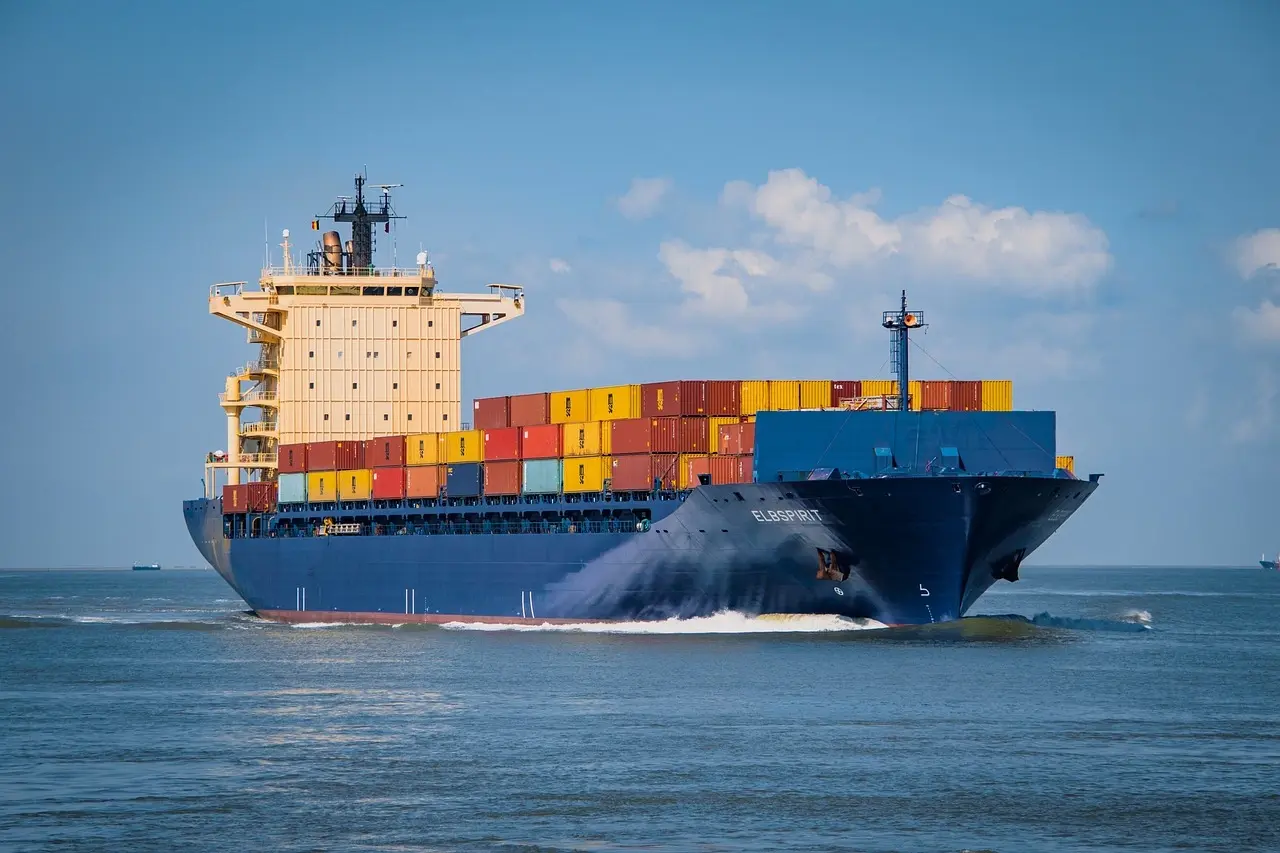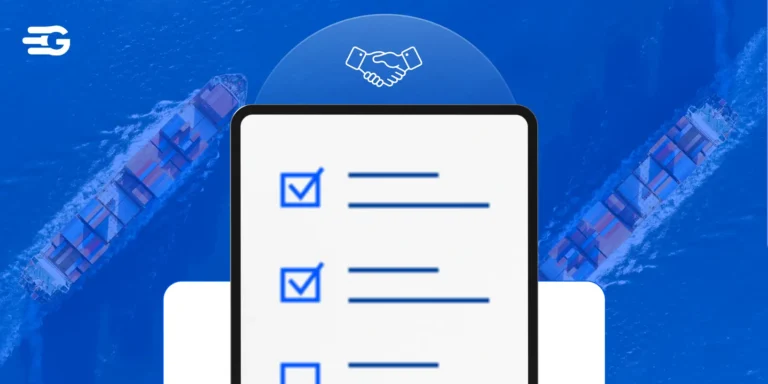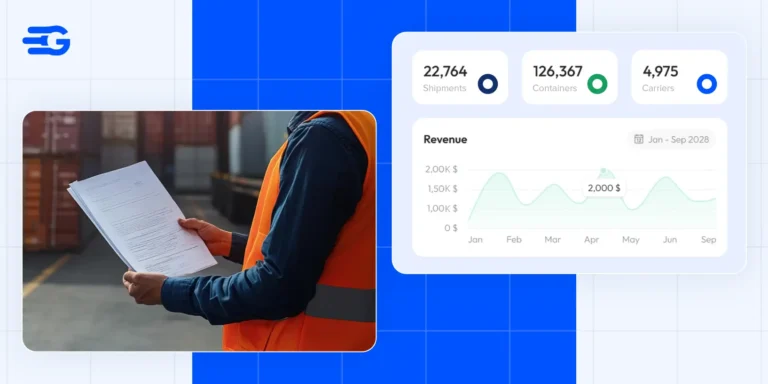Essential Guide to International Shipping
Essential Guide to International Shipping
The global trading area is growing rapidly, providing a stepping-stone for business development and new connections with customers worldwide. Online marketplaces and Internet e-commerce platforms provide the convenience of instant reach to a worldwide audience. Nevertheless, a voyage on the wavy international shipping sea may seem scary. This well-rounded guide is a tool to make you very comfortable in shipment across the world, with assurances that your products will reach their destinations fast and cost-effectively.
Preparing Your Package for the Global Stage
When it comes to international shipping, first impressions are crucial; therefore, one must pay attention to this fact. A well-wrapped parcel is less likely to be damaged en route and smooth customs clearance procedures are expected. Here’s how to prepare your package for its international voyage:
Packaging Prowess: Use sturdy corrugated boxes that draw attention and can withstand the insidiousness of international transport. A suggestion leads to double-boxing for fragile items. Give thought to the weight, size, and dimensional limitations laid down by various shipping agencies.
Internal Padding: Anything empty in the box must be packed with packing peanuts, bubble wrap, or air pillows so that the items do not shift during the move. It will then take up shocks and vibrations that may arise during the carriage process.
Item Restrictions: Pay attention to the restrictions on international flights imposed on liquids, electronics, and fresh foodstuffs. Study the destination country’s laws beforehand so that time is not wasted waiting for customs. Online resources like https://commerce.gov.in/ could be checked out as a resource for current updates on import restrictions.
Understanding the Costs: Strategies for Affordable International Shipping
Shipping overseas, although can look costly, certainly does not have to empty your bank account. Here are some strategies to keep your costs in check:
Compare Rates: Stop being comfortable and start choosing the lowest price you are given. Take advantage of online shipping platforms available for comparison shopping for rates provided by different transport companies and select the one that best fits your particular shipping needs. Check for platforms respectively, for transparent listing of prices, highlighting any additional charges (such as customs fees and import duties) in advance. Looking into online sources that provide shipping quotes by the name of reliable carriers could be another great option.
Dimensional Weight: The shipping rates are set by two factors: package weight and dimensions. This is what telephone industry professionals call dimensional weight (“DIM weight”). By choosing to use tightly packed and space-saving packaging, and considering removing air or bulk from the packages, you can greatly cut down on shipping costs. Learning how to calculate DIM weight and what optimum packaging options are, can help you to ensure you don’t overpay on your shipping charges.
Consolidate Shipments: If you are shipping to the same place from more than one package, it is better if you check out the consolidation options provided by the shipper. It will be more economical for you this way. Here, you would simply combine bulk shipments repeatedly to each package you have into one large shipment to reduce the total cost of shipping. Consolidation services provided by many carriers are easy to access from a customer’s viewpoint.
Choosing the Right Shipping Service
The ideal shipping service depends on your priorities. Here’s a breakdown of popular options:
Indian Post: A cost-effective option for lightweight packages, but delivery times can be longer. Indian Post offers various international shipping options, making it a good choice for budget-conscious shoppers.
Private Carriers (Blue Dart, DHL India, FedEx India): Offer faster delivery times and advanced tracking features, ideal for time-sensitive shipments or valuable items. These carriers have extensive global networks and offer premium services like express delivery and insurance.
While these are some of the major players, consider consulting a resource like GoComet to explore a wider range of carriers and find the best fit for your specific needs. GoComet can connect you with reliable carriers that specialize in specific types of goods or destinations.
Find the perfect carrier for your needs with GoComet! Explore premium services and extensive global networks to ensure fast and secure delivery.
Beyond the traditional options, some carriers cater to unique needs. Exploring online resources can help you find these specialized services:
E-commerce Focused Carriers: These carriers offer features specifically designed for online businesses, often providing features like fast delivery times, integration with online marketplaces, and competitive rates for high-volume shipments.
Last-Mile Delivery Services: For international deliveries within a specific region or country, online resources can connect you with last-mile delivery services that specialize in efficient and cost-effective final-stage delivery to your customers.
Essential Paperwork: Navigating International Shipping Documents
Proper documentation is crucial for smooth customs clearance. Incomplete or inaccurate paperwork can lead to delays and even penalties. Here are some key documents to prepare:
Commercial Invoice: This detailed document outlines the contents, value, and origin of your shipment. It should include information like the product descriptions, quantities, unit prices, and total value of the goods.
Customs Form: Specific forms vary depending on the destination country and the value of your shipment. Consult your chosen carrier or a reliable source like https://commerce.gov.in/ for guidance. Online resources can also help identify the correct customs form for your shipment.
Export Declaration (if applicable): Required for certain goods being exported from your country. The specific requirements will vary depending on the value and type of goods being shipped. Resources like online shipping guides can help you determine if an export declaration is necessary for your shipment.
Ensuring Compliance with International Shipping Regulations
Avoiding customs delays and penalties requires adherence to international shipping regulations. Here are some tips:
Clearly Label Your Package: Mark your package clearly with “Invoice Enclosed” and label it as a “Commercial Sample” if it’s not for resale.
Classify Your Goods Accurately: Use the Harmonized System (HS) code to accurately classify your goods for customs purposes. Online tools can assist with HS code classification.
Stay Updated: International shipping regulations can change, so check with your carrier or a trusted source like government websites for the latest information. Staying informed on regulation changes can help ensure a smooth customs clearance process.
Packing Smart: Tips for Secure International Parcel Delivery
Secure packaging is vital for international shipments. A well-packaged shipment is less likely to be damaged during transit and will clear customs more smoothly. Here are some packing best practices:
Double Box for Fragile Items: Provide extra protection for delicate items by using double-boxing with cushioning materials.
Seal Tightly: Use strong packing tape to ensure your box remains securely closed during transport.
Label Clearly: Include clear and complete address information for both the sender and recipient on multiple sides of the package. This includes the full name, address, and postal code of both parties.
Tracking and Insurance: Safeguarding Your International Shipments
Peace of mind comes with knowing your shipment is on track. Here’s why tracking and insurance are essential:
Track Your Package: Most international shipping services offer online tracking tools that allow you to monitor your shipment’s progress. This allows you to keep your customers informed about the status of their orders.
Invest in Insurance: Protect yourself from loss or damage during transit by purchasing shipping insurance, especially for valuable items. Consider the declared value of your goods and the insurance options offered by different carriers.
Overcoming Common International Shipping Challenges
Even with careful planning, hiccups can occur during international shipping. Here’s how to tackle some common challenges:
Customs Holds: If your shipment is held by customs, patiently await communication from the authorities and provide any requested documentation promptly. Having all your paperwork in order can significantly expedite the process. Consider using a digital document management system to keep copies of your invoices, customs forms, and other essential documents easily accessible.
Language Barriers: Communicating with customs officials in a foreign language can be frustrating. Utilize online translation tools, or consider partnering with a shipping service provider that offers experience navigating international regulations. This can ensure effective communication throughout the clearance process.
Lost or Damaged Packages: Despite careful packaging, there’s always a chance of loss or damage during international shipping. Having adequate insurance in place protects you from financial loss in such situations. Researching and choosing the appropriate level of insurance coverage for your shipment is crucial.
Real-World Insights: Success Stories in International Shipping
International shipping has empowered businesses of all sizes to expand their reach and connect with global audiences. Here are a few inspiring examples:
Utah-Based Honeycomb Candy Company: This small business started selling its unique honeycomb candy at local markets. Their delicious product attracted online attention, and they soon received inquiries from customers worldwide. Partnering with a shipping service provider with expertise in international regulations allowed them to fulfill international orders efficiently. Their honeycomb candy is now enjoyed by customers in over 20 countries.
Ecuadorian Artisan Craft Cooperative: A cooperative of artisans handcrafts beautiful textiles. Due to limited access to international markets, they struggled to sell their products beyond their local community. By leveraging online marketplaces that streamline international shipping processes, the cooperative was able to connect with a global audience. Their exquisite craftsmanship is now appreciated by art collectors and home decor enthusiasts worldwide.
Looking Ahead: Future Trends in Global Shipping
The future of international shipping is brimming with exciting advancements that will make the process even faster, more efficient, and more accessible:
E-commerce Boom: The continued rise of e-commerce is driving demand for faster, more affordable, and more transparent international shipping solutions. This is leading to innovation in areas like automated customs clearance and real-time shipment tracking.
Technological Advancements: Automation and artificial intelligence (AI) will play a bigger role in streamlining customs clearance, optimizing delivery routes, and even predicting potential delays. AI-powered tools can analyze vast amounts of data to identify potential issues and suggest solutions, ensuring smoother and more efficient international shipping.
Sustainable Practices: Eco-conscious consumers are driving the demand for sustainable shipping options, with a focus on reducing the carbon footprint of international deliveries. This could involve utilizing more fuel-efficient transportation methods, implementing eco-friendly packaging materials, and investing in renewable energy sources to power logistics operations.
Conclusion: Streamlining Your International Shipping Process
International shipping can be a rewarding venture, opening doors to new markets and fostering connections with customers worldwide. By following the insights outlined in this guide and considering the valuable resources offered by experienced shipping service providers, you can confidently navigate the complexities of international shipping. Remember, careful planning, strategic execution, a focus on customer satisfaction, and a commitment to ethical and sustainable practices are key to success in the global marketplace.





